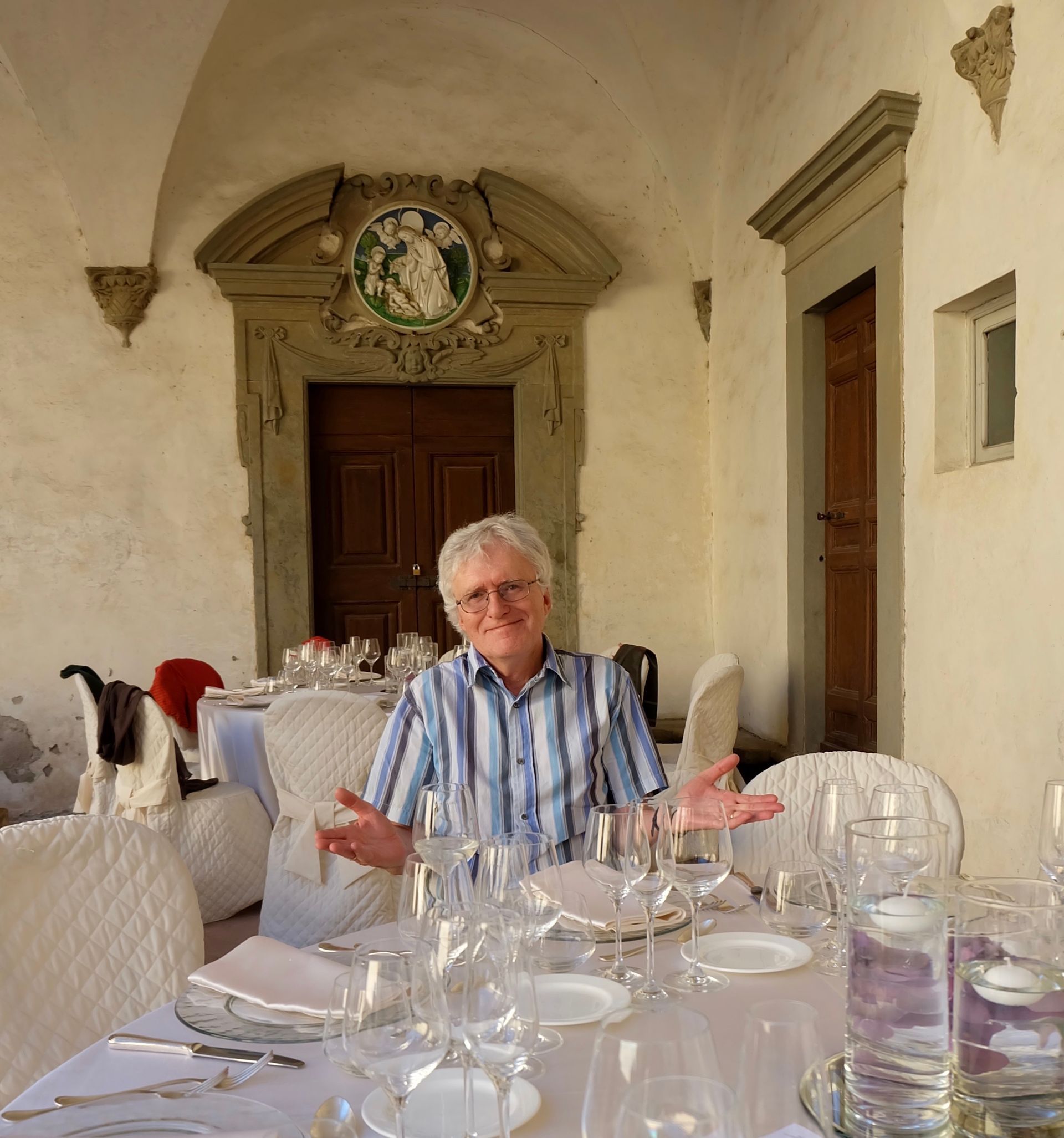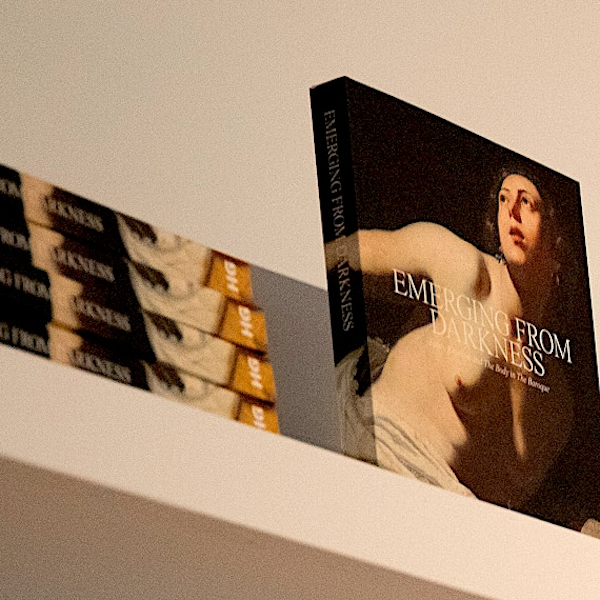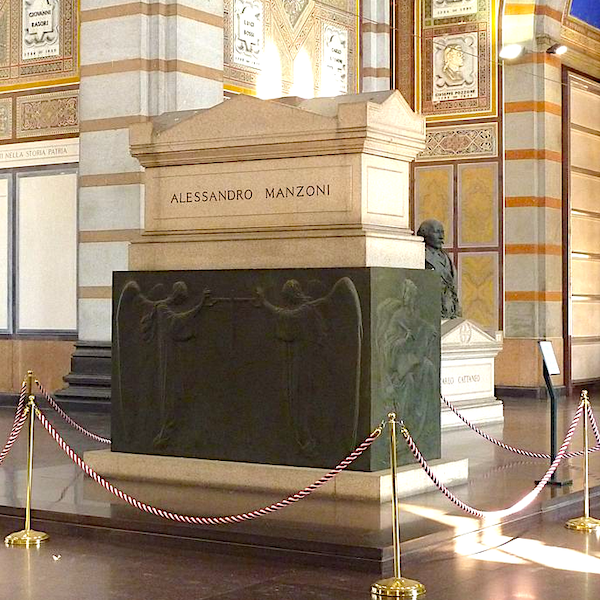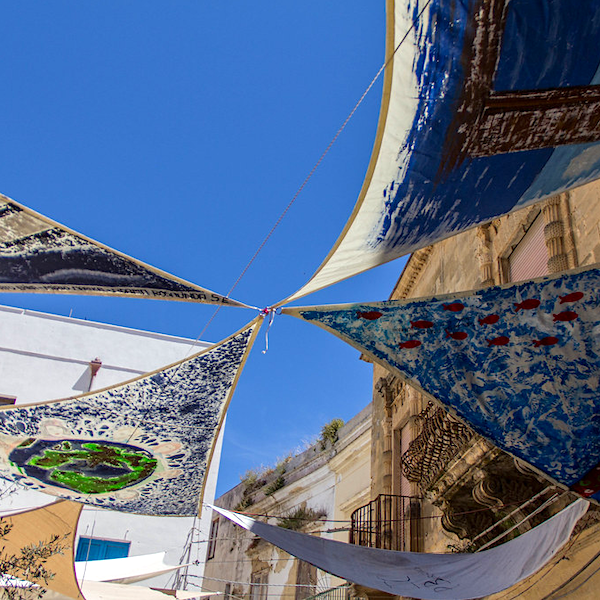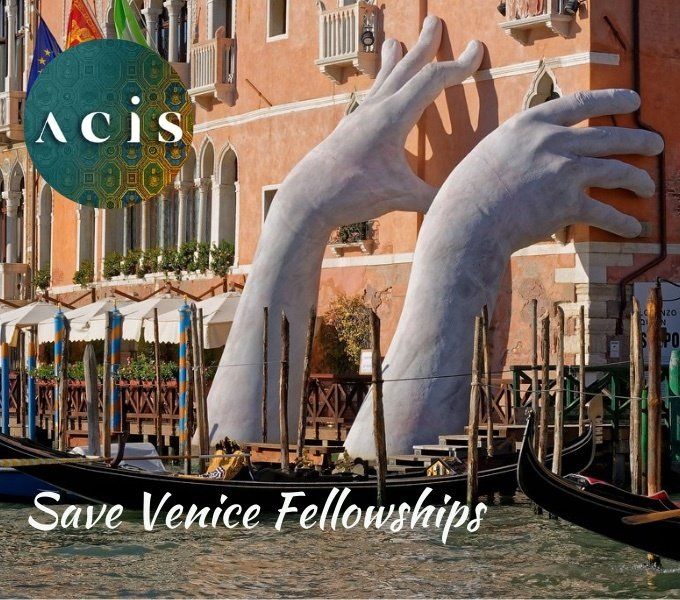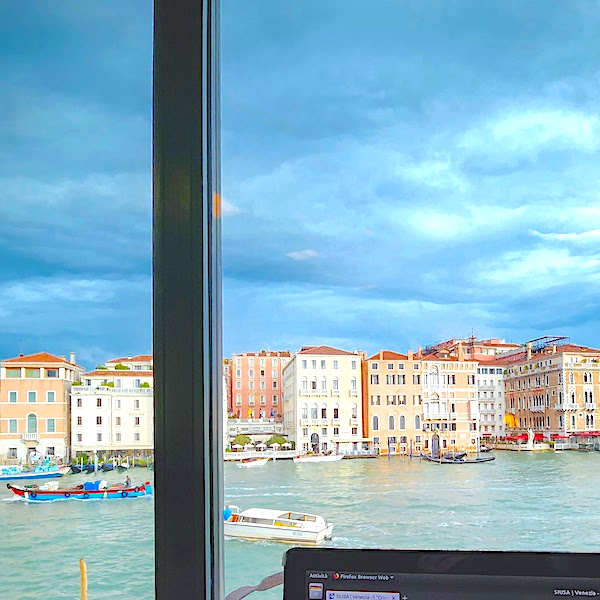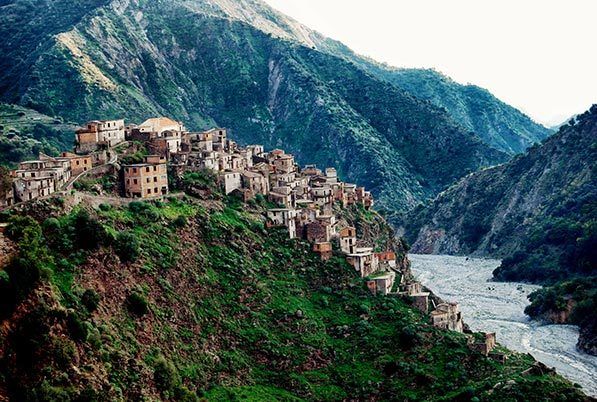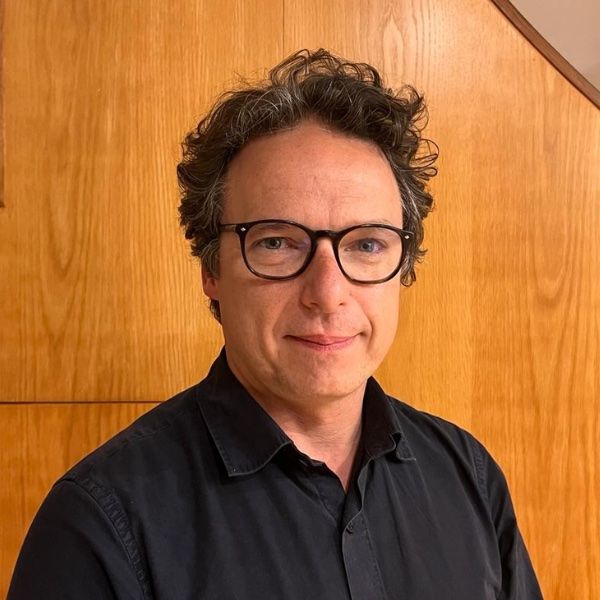A future for Italy’s ‘ghost towns’?
Roghudi Vecchio, Calabria (Saverio Barbaro, 2009)
More than 5000 historical hamlets and rural and medieval villages in Italy have been in serious population decline (Serico Gruppo Cresme, 2008). Many were abandoned in the last century and today have become ‘ghost towns’. While long neglected as topics for cultural policy or academic study, a recent wave of political and popular interest in Italy’s borghi , coupled with an increasing number of initiatives to resuscitate them, suggest that their presumed destinies of decline, ruin and oblivion may have to be revised. Concern for Italy’s emptying towns is not an isolated phenomenon but part of a recent explosion of interest and action in abandoned sites throughout the world (De Silvey & Edensor, 2012). Today conversations about abandoned places are characterised by new ways of describing, perceiving and interacting with them: no longer as rubbish but as resources.
Torri Superiore, Liguria
I have examined examples of this new political and popular interest in Italy’s ghost towns and analysed cases of their re-awakening. I have charted the historical development of the practice of resurrecting derelict towns in Italy and provided details regarding the principal actors, approaches and locations of fifty-one re-awakening projects. A new census of Italian ghost towns which documented the names, locations, and the dates and reasons for the abandonment of 267 deserted villages, was another important result of the research. Several projects are worth mentioning. The first is Torri Superiore in Liguria; a ruined hamlet which was converted in the nineties into a thriving, internationally recognised eco-village. A second innovative example of revival was that undertaken by textile magnate Brunello Cucinelli in Umbria who transformed the crumbling hill-top town Solomeo into the headquarters and factory for what has become one of the world’s renowned cashmere brands. Another exemplary case is taking place in Riace led by mayor Domenico Lucano and the Calabrian community who opened the abandoned homes of their emptying town to host refugees. Despite the recent controversies, the ‘Riace Model’ has been a revolutionary experiment for dealing with the refugee crisis in Europe with proven positive results for migrants and original community members alike. Another fascinating project was undertaken by Italian entrepreneur Daniel Kihlgren, first in Santo Stefano di Sessanio, and then in the Sassi di Matera. His low-impact renovation method and reprisal of ancient local traditions and products is one of the most successful examples of the albergo diffuso – an innovative ‘horizontal’ method of hospitality.
Craco, abandoned in 1960s (Jane Drumsara, 2013)
By comparing the historical reasons for the abandonment of towns with the contemporary motives for their reuse, we can explore the questions ‘why now?’ and ‘what has permitted contemporary investors and new inhabitants of previously abandoned towns to overcome the reasons that drove their original inhabitants away?’ The research pointed to the important role of a) new ‘distance-shrinking’ technologies, especially the internet, b) the twenty-first century’s heightened ecological consciousness and c) a recent surge in enthusiasm for sites marginalised by modernity and unscathed by ‘supermodernity’. The impact of these changes has meant that the historical reasons for abandoning small rural and mountainous villages (isolation, lack of employment opportunities, natural disasters and being excluded from modernity), are no longer such powerful obstacles to prevent their reawakening.
Some issues that emerged from the research are worth examining further. The first is that while tourism is the number one vehicle for reviving abandoned villages in Italy, changing the form, ownership and function of places for a fluctuating tourist market tends to promulgate merely nostalgic or aesthetic visions of Italy’s complex and valuable cultural patrimony. This risks transforming authentic expressions of cultural heritage into simplistic commodities. Another concern is that some contemporary spectators interpret the alterity of ruins as permission to create exclusive worlds. Re-awakening projects which embrace this vision remove towns from their historical and territorial context and irreversibly sever the link between the town and its original inhabitants – the true custodians of site-specific knowledge and culture. Converting historical communities into exclusive commodities undermines their potential to inspire genuine reflection and connection. Community-led projects, which sought to revive semi-abandoned villages rather than those led by ‘outsiders’ who resurrected long-neglected ruins, were arguably more effective at maintaining an authentic link between past and present.
Current conversations about Italy’s historical villages in abandonment could benefit from a deeper understanding of places as dynamic and flexible rather than bounded or static (Agnew, 2011). This vision might generate a more honest assessment of their strengths and shadows rather than celebrating their otherness or fixity (Teti, 2017). By acknowledging that traditions and culture must be continually reproduced and re-invented, Italy’s historical villages might retain their value as sites of genuine community and authentic (living) culture while maintaining their relevance in the contemporary globalising world (Bertolino, 2014). This stimulating but relatively unexplored topic could contribute to the global discussion of new ways that people are perceiving and interacting with place in the twenty-first century.
References
Agnew, John. ‘Space and Place’. In John Agnew & David Livingstone (eds). The Sage Handbook of Geographical Knowledge. London: Sage, 2011, pp. 316-330.
Bertolino, Maria Anna. Eppur si vive; Nuove pratiche del vivere e dell’abitare nella Alpi occidentali, Roma: Meti Edizioni, 2014.
De Silvey, Caitlin & Tim Edensor. ‘ Reckoning with Ruins’ in Progress in Human Geography. Vol. 37, no. 4, 2012, pp.465-485.
Serico Gruppo Cresme. ‘Rapporto sull’Italia del ‘disagio insediativo’; 1996/2016 eccellenze e ghost town nell’Italia dei piccoli comuni’, Confcommercio-Legambiente. (Agosto 2008) pp. 1-150.
Teti, Vito. Quel che resta; l’Italia dei paesi tra abbandonati e ritorni, Roma: Donzelli Editore, 2017.
Dr Kristen Sloan was recently awarded her PhD by the University of Wollongong.
